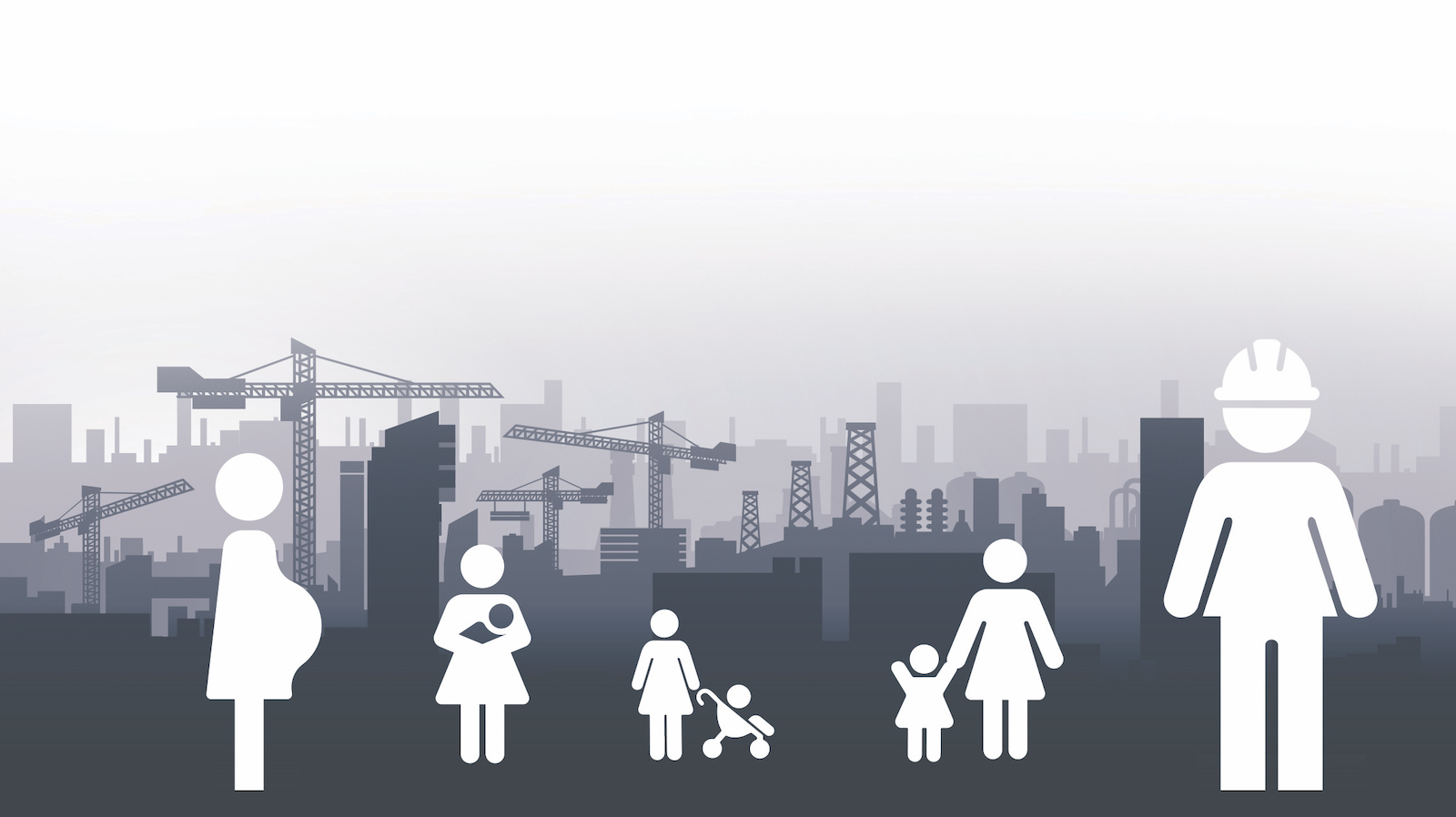The industry doesn’t make it easy for working parents to return to employment after maternity leave or a career break. Theresa Mohammed asks if flexible working during lockdown has changed attitudes

Returning to work following maternity or a career break usually prompts excitement and unease in equal measure, with working parents having to manage both workload and childcare. Historically, construction has been reluctant to encourage agile working and has preferred face-to-face meetings involving considerable travel time. Have attitudes changed since the first lockdown a year ago, and, if so, are women now better off?
Many heralded the working changes necessitated by covid-19 as proof that presenteeism is an outdated culture, which would help women and working parents. Office and site culture would be driven by necessity and efficiency rather than showing up to prove you were working. The focus would shift to output and value rather than stacking up hours. Technology and innovation would make the industry more agile.
This initial positivity has been tainted by the wider aspects of the pandemic. While it has been the catalyst for home working, the closure of schools has exacerbated the continuous challenges for working parents. There is a huge additional burden placed upon them without access to childcare. Further, if the lion’s share of responsibility for home schooling and childcare falls upon women, this compounds existing inequality.
“While the location of the working day may have changed, the demands of the job have not. The time available to focus on work is now subject to disruption throughout the day”
Many construction firms have outwardly expressed support for employees, relaxed working hours, provided financial allowances for IT equipment and used virtual platforms to host training sessions, team meetings and social events. There is more flexibility on paid and unpaid leave and in-house mentoring, coaching and counselling are encouraged. There has been a sea change in attitudes towards talking about mental health at work.
Even so, while the location of the working day may have changed, the demands of the job have not. The time available to focus on work is now subject to disruption throughout the day. Screen time has increased, with long hours spent on back-to-back video calls.
Construction professionals typically work nine to 12 hours a day. Add to that travel to and from sites, home schooling, childcare and domestic chores and there is way too much for anyone to sensibly manage. Even with co-parenting at home, there are not enough hours in the day.
The only way to manage for some has been to delay return to work post maternity leave, potentially stalling career progress and increasing financial pressure, or to employ live-in childcare. The alternatives are stark: request furlough, reduce hours, reduce productivity, take paid or unpaid leave or resign. This should worry an industry already struggling to find skills to deliver the huge pipeline of projects that lies ahead.
There is pressure mounting on employers to alleviate the pressures faced by many employees. The reopening of schools and the vaccine programme may reduce stresses a little, but the industry needs to think carefully about this ‘new way of working’, with a focus on work-life balance, physical health and mindfulness, and using technology to facilitate productivity rather than longer hours.
Theresa Mohammed is a partner at Trowers & Hamlins and chair of the National Association of Women in Construction











